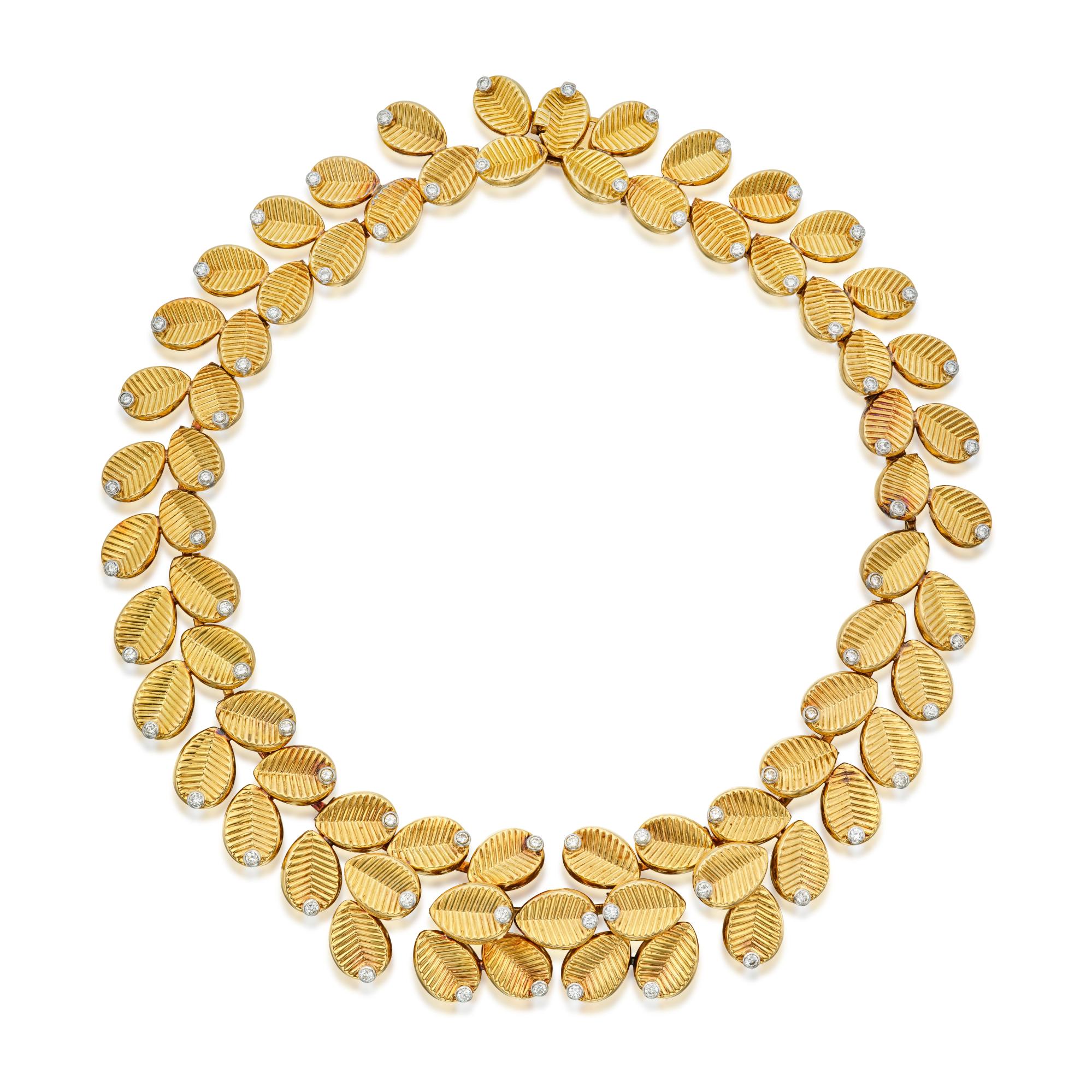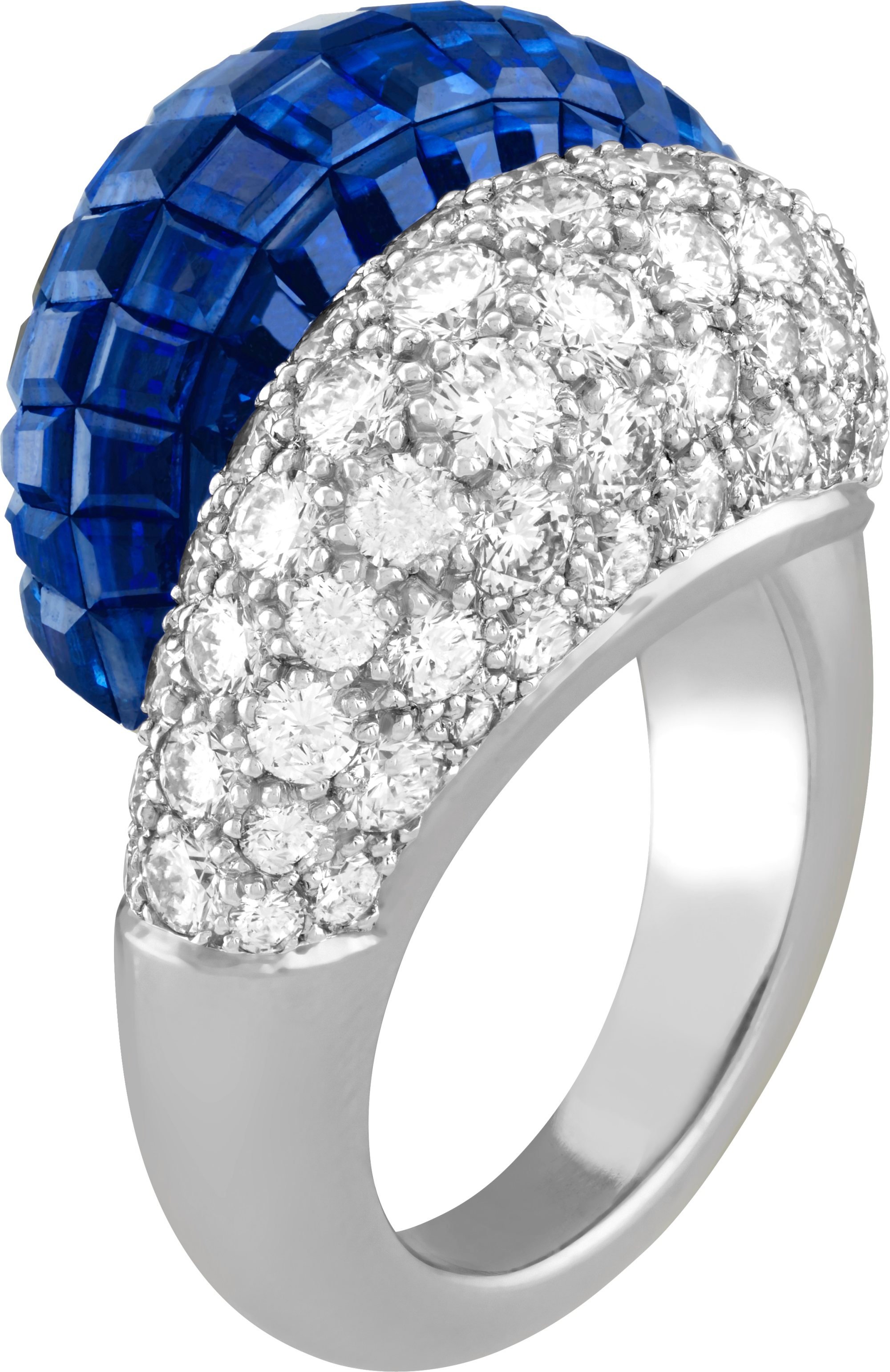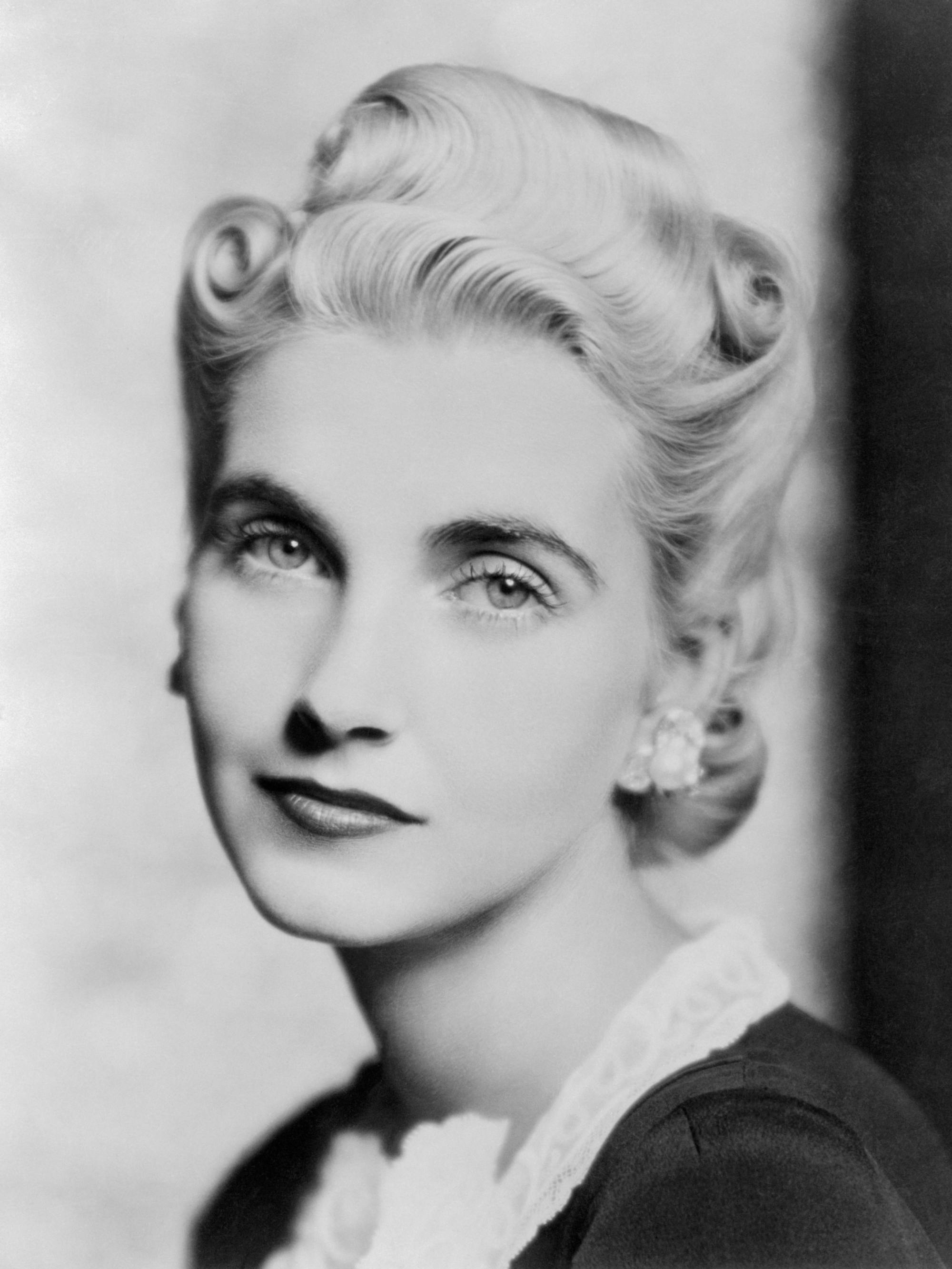Vintage jewellery’s viral moment: Taylor Swift broke the internet when she lost her Van Cleef & Arpels ring’s stone at the MTV VMAs – now Sotheby’s Magnificent Jewels is bringing more retro inspo

Of all the exceptional pieces to go under the hammer at Sotheby’s Magnificent Jewels auction in New York on December 5, it’s hard not to be entranced by pieces you can instantly recognise. An original Cartier coffee bean necklace, say, or graceful Ballerina clip from Van Cleef & Arpels.

Anna Ruzhnikov, head of Sotheby’s fine jewels sales in New York, says clients are increasingly interested in such recognisable pieces. They also want, she says, pieces that can be worn every day.
“The escalating demand for these versatile, statement-making pieces has correspondingly led to an increase in prices. Collectors are increasingly willing to spend more for jewellery that showcases exceptional design, even if they might not feature an abundance of pricey materials. In particular, styles that are recognisable or even iconic are commanding especially steep prices,” she says.
Who is Victoria Beckham’s fashionable bestie Isabela Rangel Grutman?

Ruzhnikov has noted a marked shift away from traditional jewellery, with bold gold archival designs from the likes of the major jewellery houses such as Cartier, Van Cleef & Arpels and Bulgari fervently favoured.
“Many of our clients are now prioritising wearable elegance over flashier pieces like formal diamond necklaces that one might wear to a once-a-year event. Pieces from the 70s and 80s have been experiencing a renaissance, especially those with the adaptability for both day and evening wear. One example is a gold sautoir, which detaches into segments, allowing for use as bracelets or at various necklace lengths, perhaps with a pendant that doubles as a brooch. We’re seeing much greater demand for this kind of piece, which can serve as a striking statement accessory without appearing too showy,” she says.

For Nicolas Luchsinger, president of Van Cleef & Arpels Asia-Pacific, sourcing vintage treasures from the maison for clients is a true passion. A modern-day treasure-hunter, he launched the maison’s Heritage collection in 2007, to buy and resell vintage and antique pieces to clients.
A-listers show how to mix costume and high jewellery
Luchsinger says demand for such pieces continues to grow at a remarkable clip, with the Asian market particularly favouring the maison’s animal brooches, and formal diamond and coloured stone jewellery. This comes as something of a surprise to him.
“I always thought that it would be more difficult to sell Heritage pieces in Asia due to superstition and the fact that the pieces have already been worn, but it is not the case at all,” he says.

Luchsinger says that demand for yellow gold jewellery with wood, coral or other hard stones is particularly strong right now, while art deco pieces created between WWI and WWII are less favoured, “which was not the case a few years ago.”
“The demand is extremely high, and our heritage business is booming. Clients like to wear pieces which are collectible and at the same time witnesses of a certain style and art de vivre. They enjoy as well the exclusivity of these creations which are part of the decorative art history,” he says.
Gold, begone! How silver jewellery reclaimed the throne in 2023
Luchsinger says sourcing is the most complicated part of building the Heritage collection.
“[T]he ideal situation is when clients come to our stores with their jewellery collection and offer them for sale, but we work as well with a lot of dealers and estate lawyers who help us to track our creations all over the world. We are very lucky that all our pieces are signed and numbered, and with this information we can track the history of the piece – when and to whom it was sold – and make sure that the piece is in its original condition and that no stones have been changed or altered,” he says.

That said, Luchsinger notes this is all part of the joy of the job, with surprises aplenty. “Sourcing heritage pieces is like treasure hunting and one does need a lot of patience and a good memory. It can take years between the time you first see a piece till we can finally acquire it. The best surprises of course are the prominent provenance we discover thanks to our archives, like with Barbara Hutton, one of the richest women in the US [who had an] incredible jewellery collection from the Maharaja of Indore, well known for his incredible avant garde taste,” he says.
Heads up: how hair jewellery took the spotlight thanks to A-list fans
As for how to source such pieces, Ruzhnikov notes that just like with fashion, the jewellery market continually evolves, and you need to learn to trust your own tastes.

“Find pieces that genuinely speak to you, whether they’re in vogue or not. A colleague of mine once said of collecting, ‘if you’re not buying what you love you’re not doing it right,’ and that’s probably most true of jewellery collecting because it’s wearable art. Most vintage jewellery doesn’t truly go out of style, so you can’t go wrong with choosing timeless jewels that work with your individual fashion sense. Chasing the hottest jewel of the moment may mean you’re buying at the top of the market, rather than perhaps getting a much better value on a piece that really resonates with you,” she says.
As for what Ruzhnikov hopes will come back around?
“I do expect that the striking gold looks of the 70s and 80s will stick around for a while. As for where fashion is headed next, I’m personally hoping for a resurgence in demand for retro jewels, a period when playful and whimsical jewels in two- and three-tone gold and set with an abundance of semi-precious gemstones were popular,” she says.

- Anna Ruzhnikov, head of Sotheby’s fine jewels sales in New York, and Nicolas Luchsinger, president of Van Cleef & Arpels Asia-Pacific, on why archival designs from houses like Cartier and Bulgari are trending
- Another rich source are epic collections such as that of Barbara Hutton, one of the US’ richest women, with its pieces from a key tastemaker of his time, the Maharaja of Indore